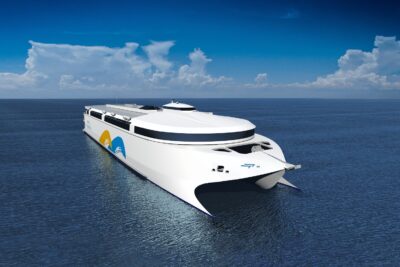Aptera begins validation line for solar electric vehicle production
The centrepiece of the new setup is a large-scale precision assembly fixture designed for Aptera’s Body in Carbon (BinC) structure. This fixture enables high-dimensional accuracy and consistency during assembly, providing a benchmark for throughput and repeatability as the company prepares for future low-volume production.
With BinC components and chassis assemblies now arriving from supply chain partners, the company has started assembling validation vehicles using the new process.
According to Aptera, the validation line will allow engineers and technicians to refine the systems, tools, and processes that will later be used in production. To complete this stage and begin low-volume production, Aptera estimates that it will require approximately $65 million in funding.
“This marks an important moment in Aptera’s journey,” said Chris Anthony, Co-CEO of Aptera. “For the first time, our technicians will be assembling vehicles along a defined sequence of stations, using processes developed hand-in-hand with the engineers who designed them.”
“Seeing this line come to life signals the next phase for Aptera,” said Steve Fambro, Co-CEO. “It’s the bridge between our prototype builds and the preproduction and series production systems that we aim to one day use to deliver solar mobility at scale.”
The Aptera solar-powered EV is said to have a battery range of up to 643 kilometres (400 miles) and, thanks to integrated solar cells, can drive up to an additional 64 kilometres per day on self-generated electricity. In “sunny climates,” Aptera promises around 10,000 extra miles or 16,000 extra kilometres per year using solar energy alone. To keep the vehicle light, it is primarily made of a carbon fibre sheet moulding compound (CF-SMC).
Aptera first presented the Launch Edition of its solar electric vehicle (sEV) in January 2023, saying it would kick off production later that year. However, the startup did not have enough cash to keep its schedule. One year later, the company announced that it had raised 33 million dollars and was ready to go. However, the solar-powered trike from California has yet to hit the road.





0 Comments